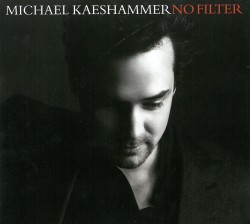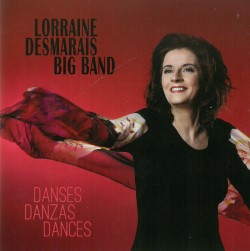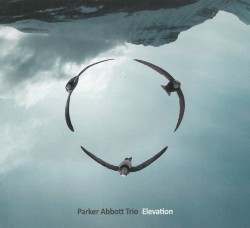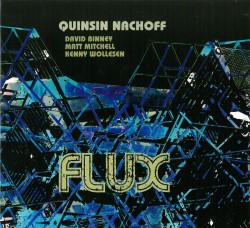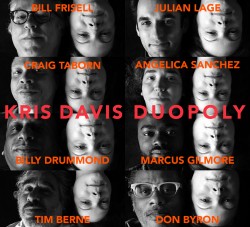Accomplice - Amy McConnell; William Sperandei
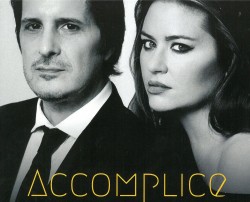 Accomplice
Accomplice
Amy McConnell; William Sperandei
Femme Cachee Productions FCP0002 (mcconnellsperandei.com)
Review
The second CD from the team of trumpeter William Sperandei and singer Amy McConnell takes us on a journey to a time when songs were carefully crafted and lyrics actually said something. Focused mainly on songwriters from the 60s and 70s, such as Jacques Brel, Henry Mancini and Michel Legrand, Accomplice has a sophisticated Euro feel to it. Sperandei’s bright trumpet sound and McConnell’s rich, emotive vocals are a nice foil for each other and with the arrangements by Sperandei managing to be both jazzy and poppy at the same time, the album feels fresh.
Keyboard player Robi Botos and guitarist Rob Piltch are both masters of various styles and sounds, and effects are used liberally by them and Sperandei. Add Davide Direnzo on drums and percussion and Marc Rogers on bass and you’ve got a whole lot of sonic ingenuity to choose from. The results are some indefinable styles such as Dance Me to the End of Love which has a tinge of 90s electronic dance music to it and Ne me quitte pas, which sounds like what would happen if Edith Piaf and Gino Vanelli had a love child. I Wish You Love morphs from a lovely mid-tempo ballad into a funky get down. Quite a trip.


